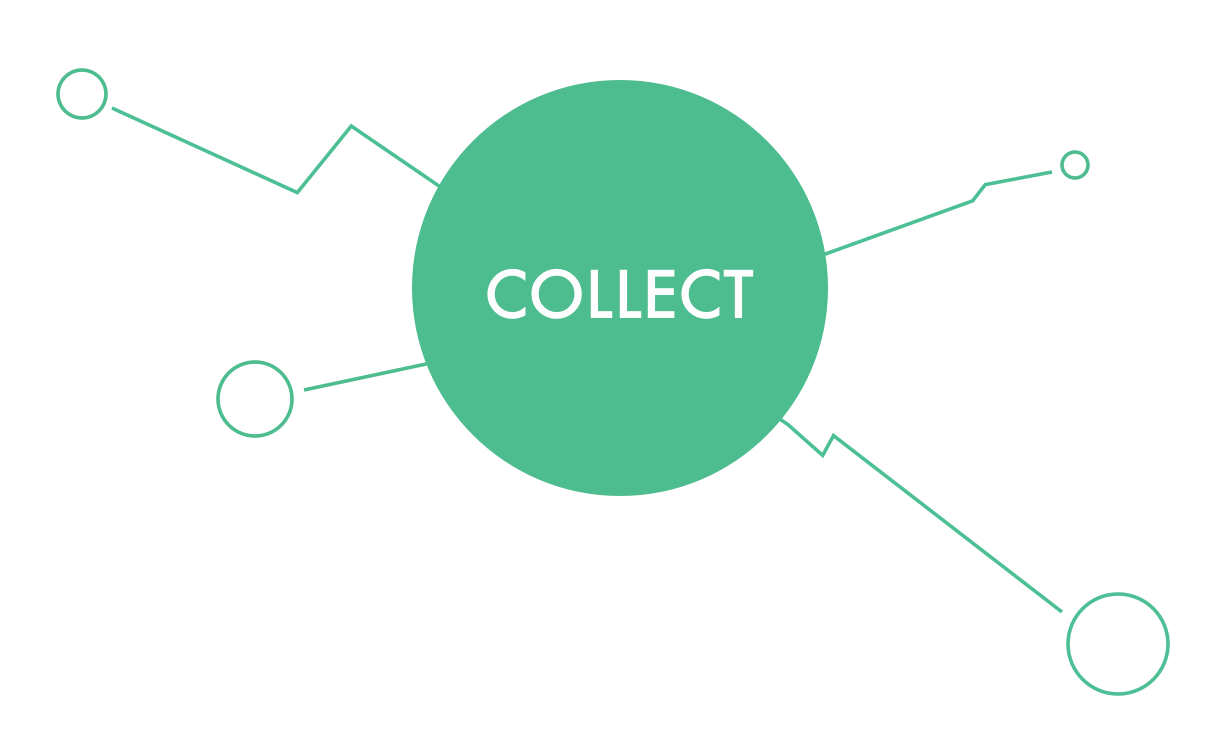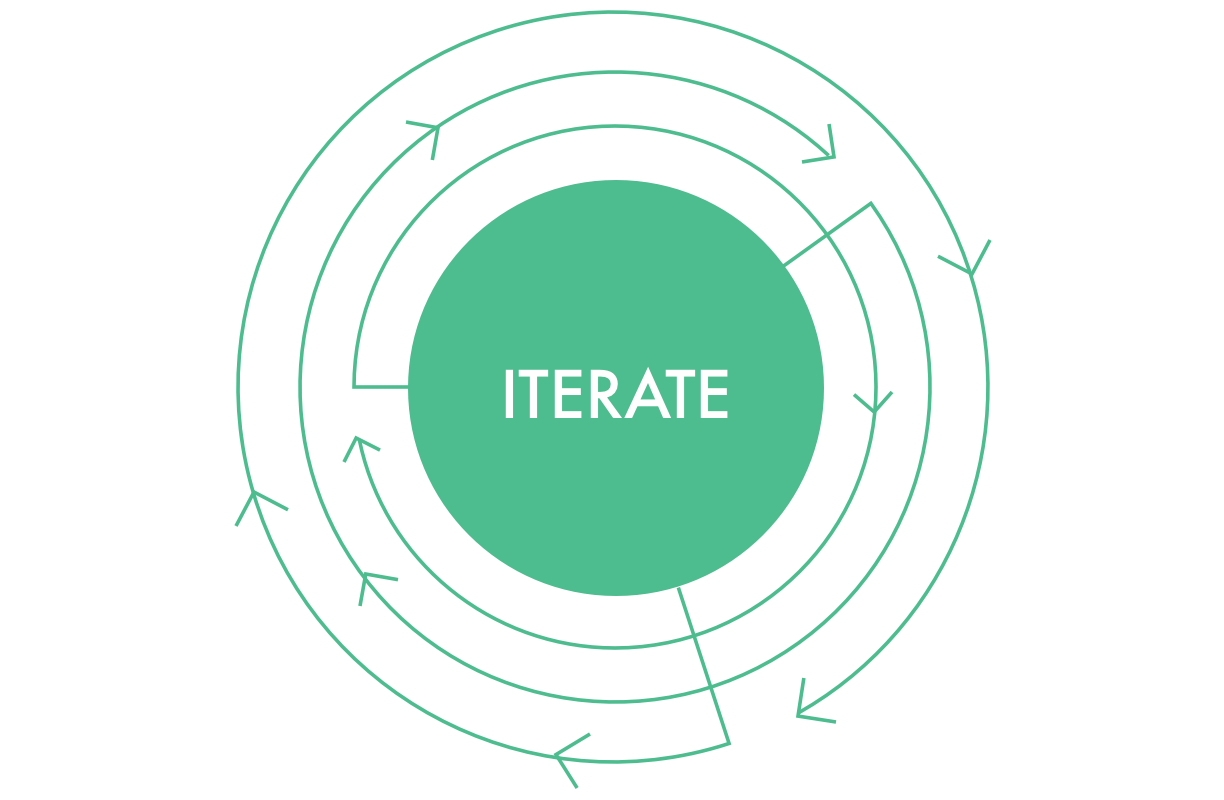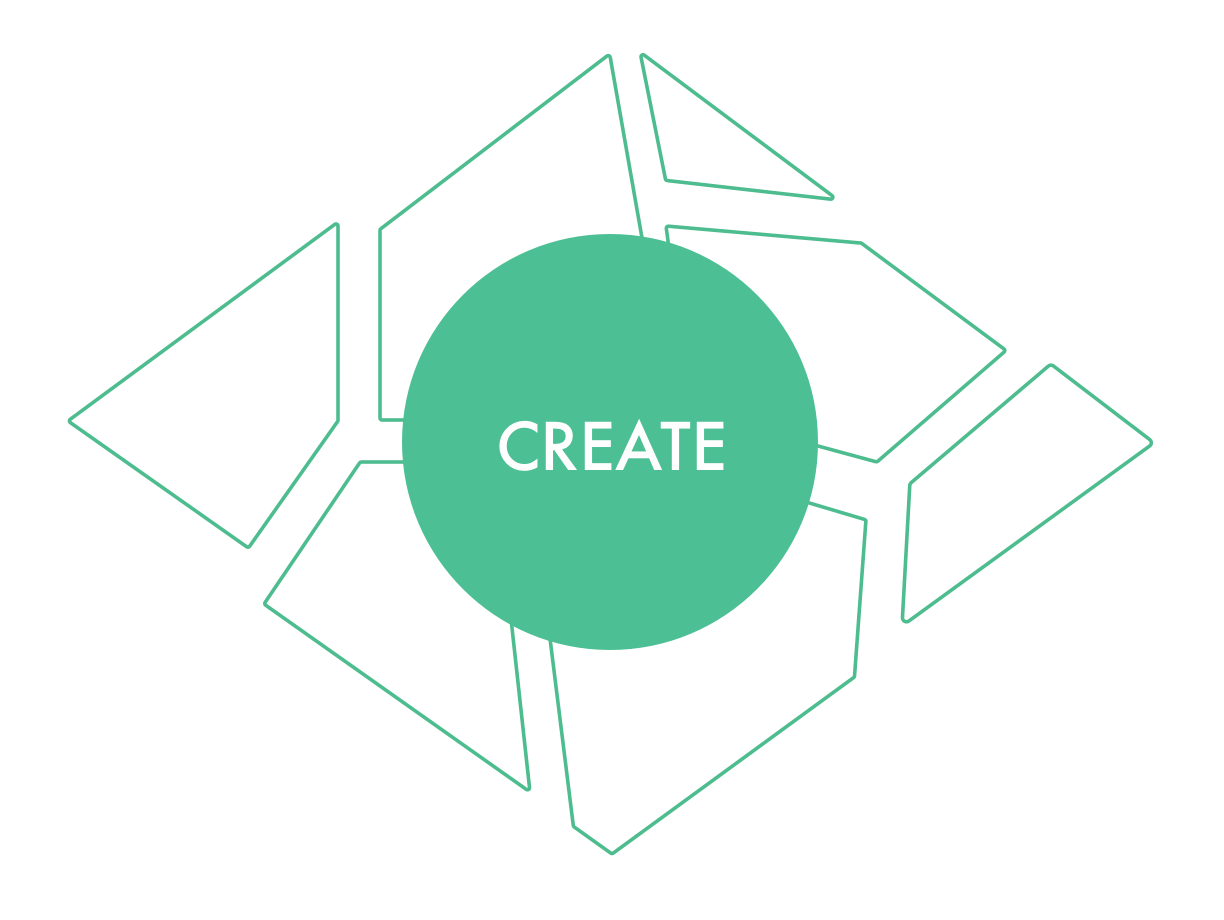There are many ways to approach design
There’s the ideal UX approach that you learn in school and then there’s the real world where things can get a little messy. In my work I find the middle ground, pulling from past experiences to build an approach that’s flexible, inclusive, and transparent.

When beginning a new project I always take time to find clarity on the problem, the user, the business goals, and the market. It’s important to collect as much relevant information as possible to shape the project moving forward.
Understanding the problem
I work with product management to clarify business goals, define the user pain points and clearly understand the problem we are trying to solve.
Market analysis
I do an analysis to get familiar with the market and discover any missed opportunities.
User data
Often working in tandem with a researcher or the analytics team, I collect information about how our users interact with our product. At this stage any information that I can glean about the user and their intentions or desires is invaluable.
Solidify feature list
I gather insights from the above steps into a document to review with the team before we continue.

Once there's clarity on the project, I begin fleshing out the design. At this point I always start in low fidelity, which helps keep focus on the problem rather than the visuals. During the iteration phase I solicit feedback from other designers, product stakeholders and development.
Sketch and brainstorm
Before moving to the computer I always start with sketches. It’s important to think big picture, dive into questions about the platform, and get ideas from different perspectives.
User journeys
User journeys are always part of the iteration phase and help to catch awkward experiences or unusual workflows.
Prototypes
Prototyping has become essential to my design process. The transitions between user actions can help or hinder a user experience and prototypes allow us to test those moments.
Review
Reviewing my work with the team is critical to improving the design. I enjoy quick desk side reviews with designers, engineers, or product managers. I also set up weekly reviews with the team to go through updates, get feedback and answer questions.
Test
In addition to gathering feedback from the team, when possible I gather insights through usability testing.
Finalize
Before moving into development, I gather specifications into a final document that will be the "source of truth", a resource to come back to, and a place for remote team members to get information quickly.

I’ve found that it's more efficient if design is accessible and available during development. I’m here to answer questions, solve problems, pivot designs that can’t be built, and test development in progress. This phase may often move in tandem with the iterate phase, which allows the team to move faster.
Communicate
It’s important to review and communicate final design direction. I make sure design and engineering are on the same page before beginning development.
Test
While a feature is being built, it's necessary for the team to test and review the user experience, give feedback, and raise red flags.
Iterate
Design is a moving target and during the development phase, changes will need to be made.